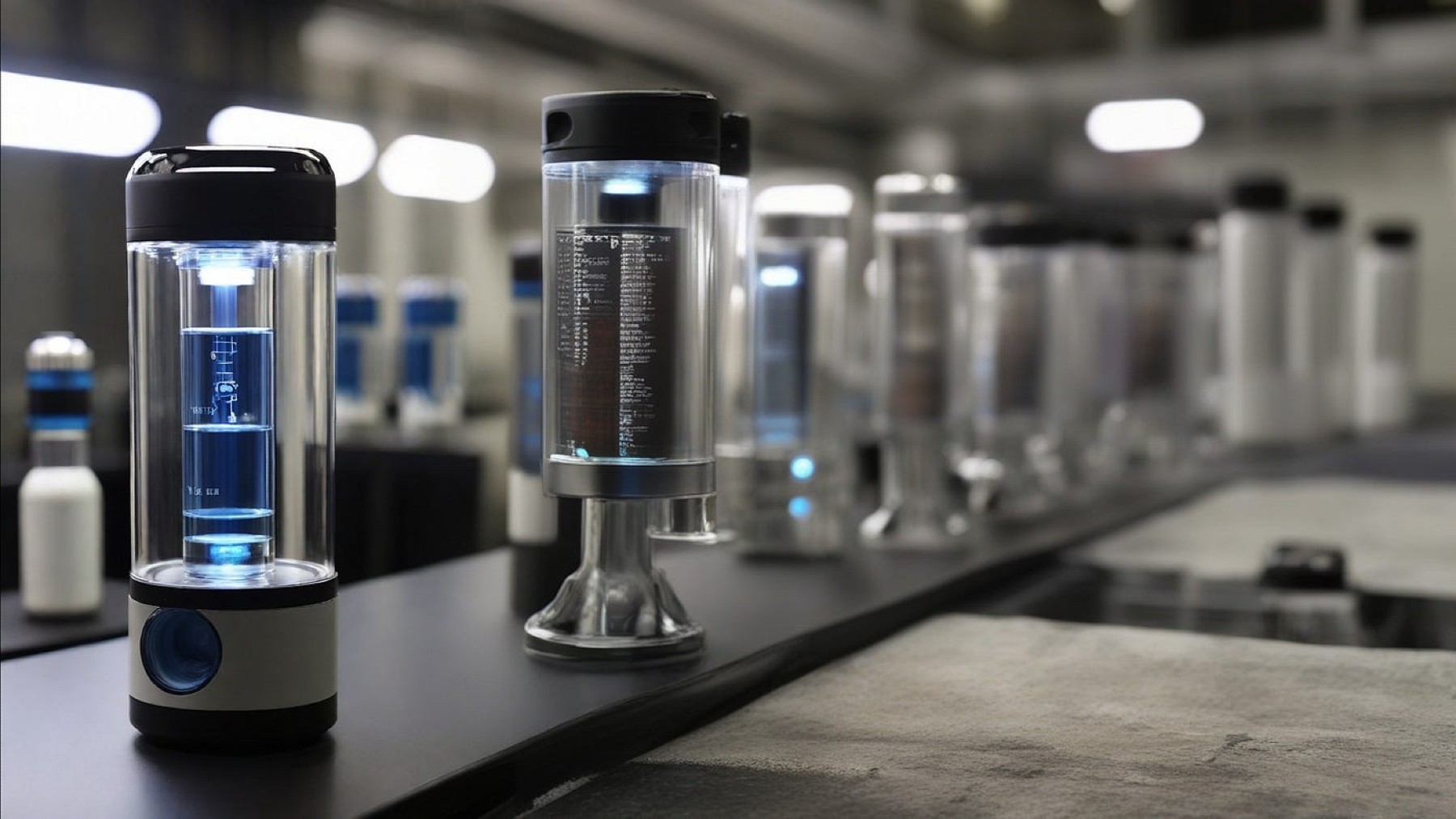Hydrogen, produced out of nothing for the first time in history: All we need is water and this from the sun
September 21, 2024

The world has started to embrace renewable energy for a brighter future, but it’s not all rainbows and sunshine. Replacing fossil fuels with hydrogen is a key aspect of reducing carbon emissions. The problem is that making hydrogen using only renewable energy is difficult and expensive. A new technique to use solar energy to split water has been developed at the University of North Carolina-Chapel Hill, and it could change everything.
The world needs more clean hydrogen as fuel, but it’s time-consuming and expensive to make
Replacing fossil fuels in industries such as manufacturing, aviation, shipping, and transportation will not be easy. Many processes within these industries require reliable, stable, and high-energy fuel sources. Solar and wind do not provide what these industries need, and one of the only other renewable sources that is available is hydrogen. However, hydrogen does not occur naturally on Earth. It only exists in other molecules such as water, methane, and other hydrocarbons.
Some companies have been making hydrogen by reforming methane or breaking other hydrocarbon molecules apart, but the downside is that those methods release carbon dioxide into the atmosphere. The most environmentally friendly way to make oxygen is by splitting water molecules into hydrogen and oxygen. While this process used to be expensive and time-consuming, new technological breakthroughs are making it more feasible.
UNC-Chapel Hill has discovered a more efficient way to use solar energy to split water to make hydrogen
Since hydrogen isn’t naturally occurring by itself, scientists have to split hydrogen atoms away from other molecules. When they use hydrocarbon molecules, they end up with more carbon, which defeats the purpose of trying to isolate hydrogen as a green renewable energy source. That’s why many research institutes have been trying to figure out how to make electrolysis more efficient. Electrolysis is the process of using electricity to split water molecules into oxygen and hydrogen, and it’s what UNC-Chapel Hill has been working on for many years.
UNC-Chapel Hill experimented with silicon nanowires and catalyst micelle formation to streamline the electrolysis process. The energy source they used was sunlight. While the experiments were very complex, in simple terms the university discovered a more efficient way to power the electrolysis process using solar energy. By using only renewable energy to create electricity for this process, UNC-Chapel Hill kept its hydrogen production green.
Using silicone nanowires to channel solar energy could change the hydrogen industry for the better
UNC-Chapel Hill’s innovative use of silicone nanowires in the electrolysis process could help the hydrogen industry transition to net-zero carbon emissions. Many of the major producers of hydrogen still use methane or other hydrocarbons in their processes. Switching to water would benefit the world because it would reduce carbon emissions while increasing the output of hydrogen, a renewable fuel source.
Other organizations have tried using solar and wind energy to power electrolysis and make hydrogen, but the inner workings of the process have been less than efficient. The breakthrough seen at UNC-Chapel Hill will help other organizations and companies increase hydrogen output while decreasing costs and reducing the amount of resources they use. This is a sign of progress in the industry and could lead to faster de-escalation of carbon emissions.
The world is still years away from transitioning to using hydrogen as a fuel source in manufacturing and shipping. There are many challenges to overcome to achieve this goal. UNC-Chapel Hill is looking at one aspect of the problem, using science to make hydrogen production cheaper and more efficient. Other issues such as safe transportation and fair trade laws will be dealt with over time. It will take strong international cooperation to embrace this powerful renewable fuel source.
Search
RECENT PRESS RELEASES
Related Post




